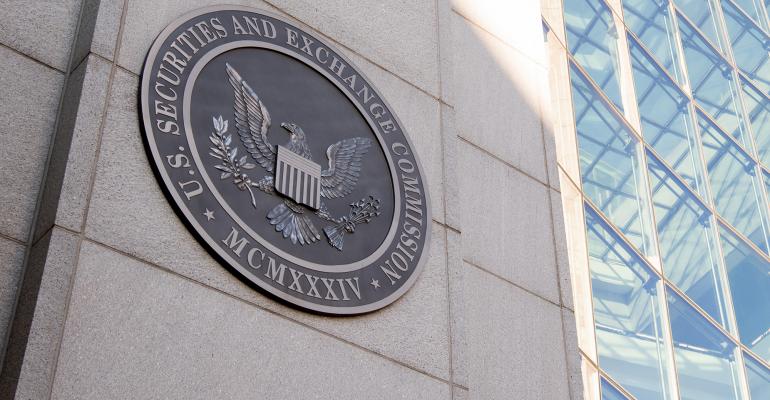The Investment Adviser Association wants the SEC to rethink how it classifies small businesses, a longstanding grievance that has gained new resonance in light of “the ongoing burden of regulations piling on top of each other,” according to its chief lawyer.
IAA President and CEO Karen Barr sent a rulemaking petition to the commission this week, urging the SEC to revamp its view of a "smaller advisor" as being one with assets under management at or below $25 million, despite the fact firms are only required to registered with the commission once they hit $100 million.
This leaves many registrants falling into a troublesome gap, IAA General Counsel Gail Bernstein told WealthManagement.com.
“The SEC has to do a more accurate assessment of what burdens are going to be imposed and incurred on the entities it regulates,” she said.
The IAA pointed to congressional mandates in the 1980 Regulatory Flexibility Act mandating that federal agencies (including the SEC) conduct reviews on how its regulations could impact smaller businesses.
More than 90% of firms in the advisory industry employee 100 or fewer workers, but with the SEC’s definition based on AUM, any review on regulatory impact on smaller businesses would be “virtually meaningless,” as most small businesses under the SEC’s definition wouldn’t be subject to its rules, the association argues.
According to the IAA, a recent SEC estimate found that only 489 of the 15,402 SEC-registered advisors were considered “small entities” covered by the Reg Flex Act. While Congress doesn’t demand agencies create different rules for smaller businesses, it requires them to examine the issues and effects rules have on those businesses, and to consider alternatives.
Bernstein stressed the gap in the SEC’s “smaller advisor” definition can have real-world implications, pointing to last year’s cybersecurity rule mandating, among other things, that firms submit reports to the SEC within 48 hours of a cyber “incident.”
The SEC justified the rule by arguing the reports would help them find any potential systemic issues or bad actors, but Bernstein said firms often need “multiple layers of internal approval” when submitting such a report and may need to consult with outside counsel.
“Your goal of knowing what’s going on in the market does not come close to outweighing a small advisor’s burden of having to prepare this report in 48 hours,” she said. “Those are not reports you need to achieve your objective, and if there’s some small, marginal benefit, how do you justify the burden on small advisors?”
Bernstein and the IAA instead proposed an agency shift from AUM to employee headcount when determining firm size, specifically redefining a “small advisor” as a firm with 100 or fewer employees. The employee number would be more stable than an AUM-based assessment, as managed assets could be more susceptible to volatile market fluctuations or changes in inflation, according to Bernstein.
Firm headcount is also mandated to be included on each firm’s Form ADV, lessening any administrative headaches in making the shift.
The SEC did not respond to a request for comment prior to publication.
The IAA isn’t only pushing at the agency level, but is also supporting proposed congressional legislation. The “Small Entity Update Act” passed in the House of Representatives in May, and would require the SEC to revise the definition of a small business every five years. To Bernstein, lobbying the commission and supporting the legislation weren’t mutually exclusive endeavors.
“The SEC can amend its own rules. it doesn’t need Congress to do that,” she said. “But if it doesn’t act, we think Congress should tell it to act in this regard."





